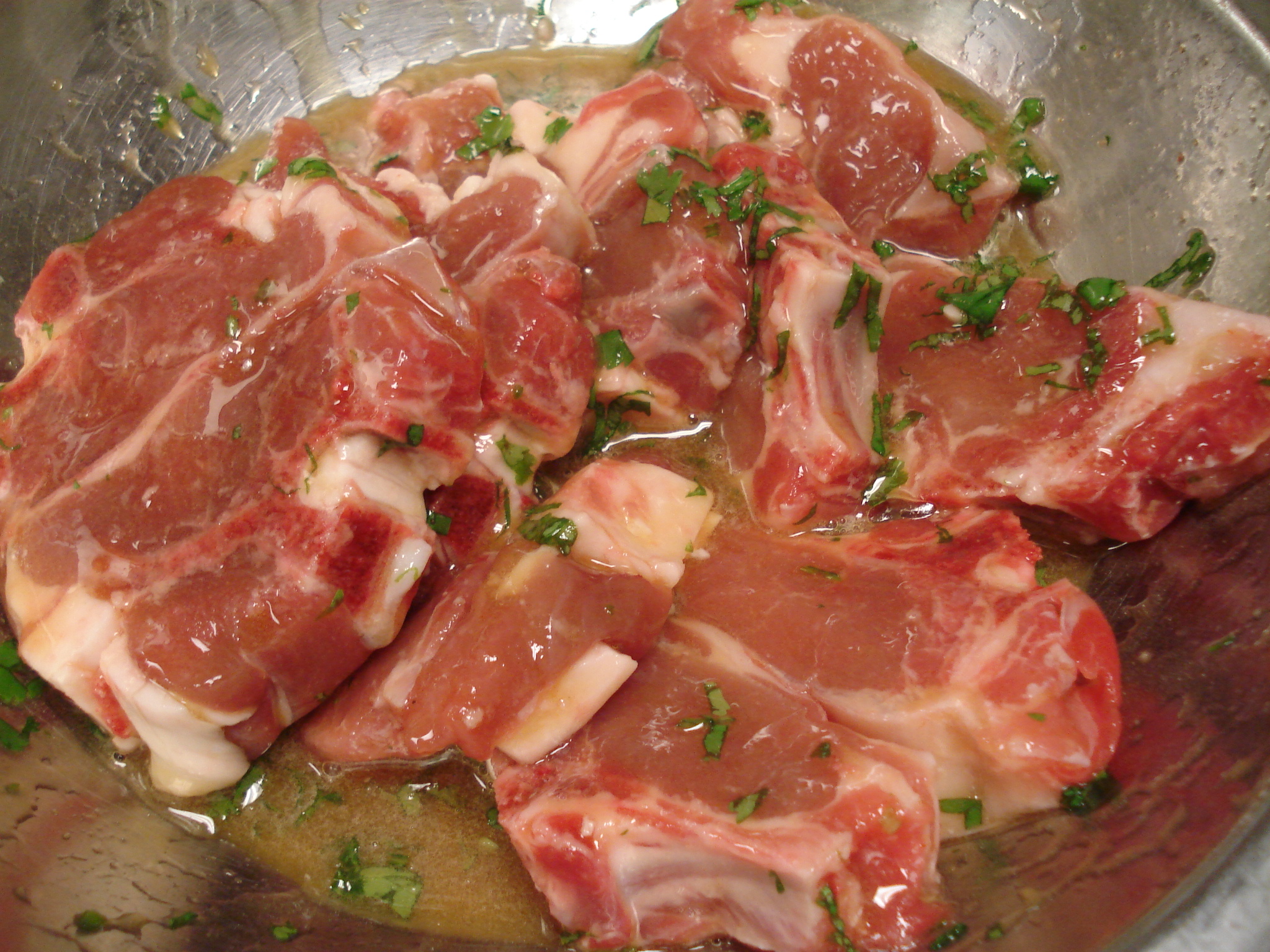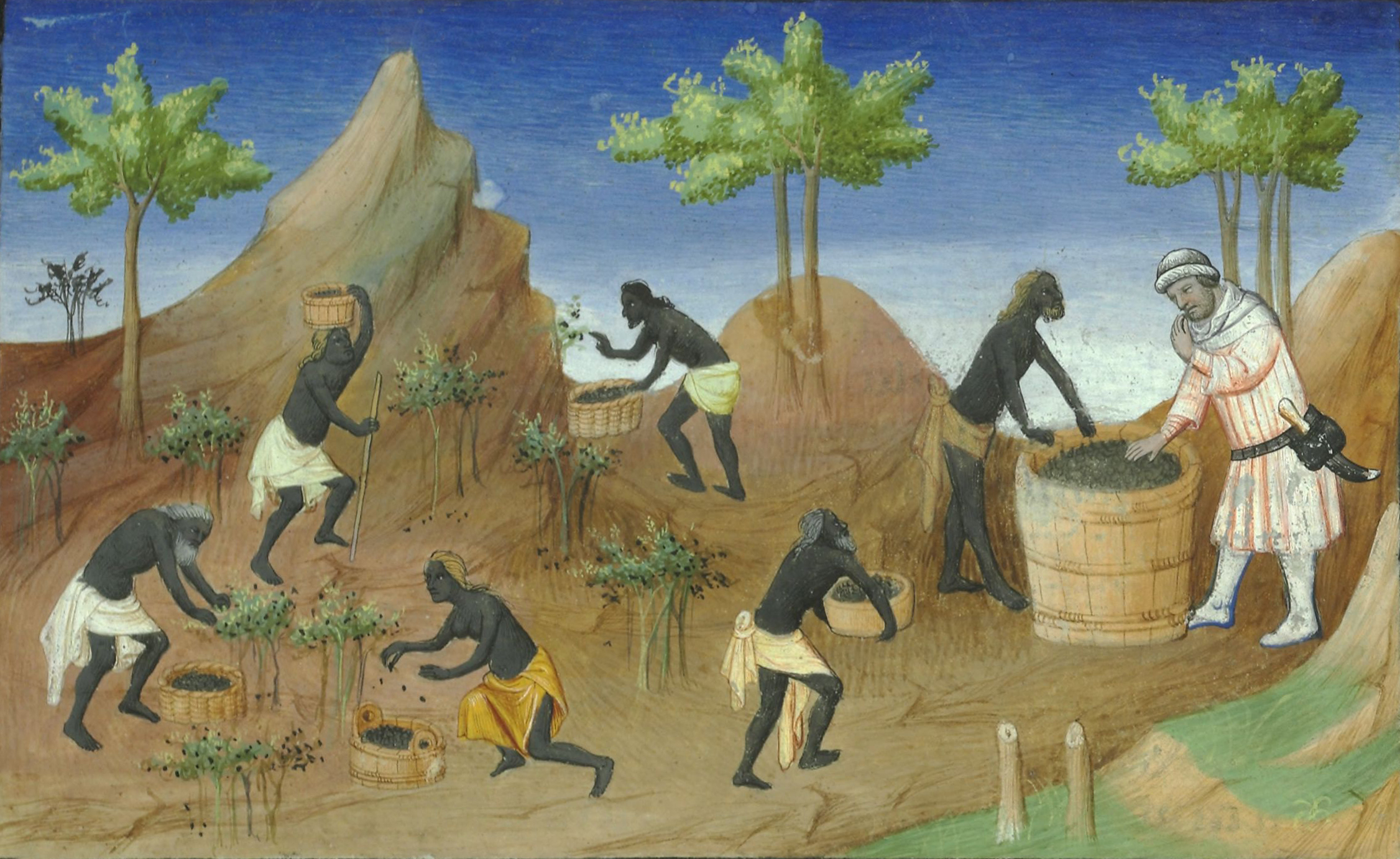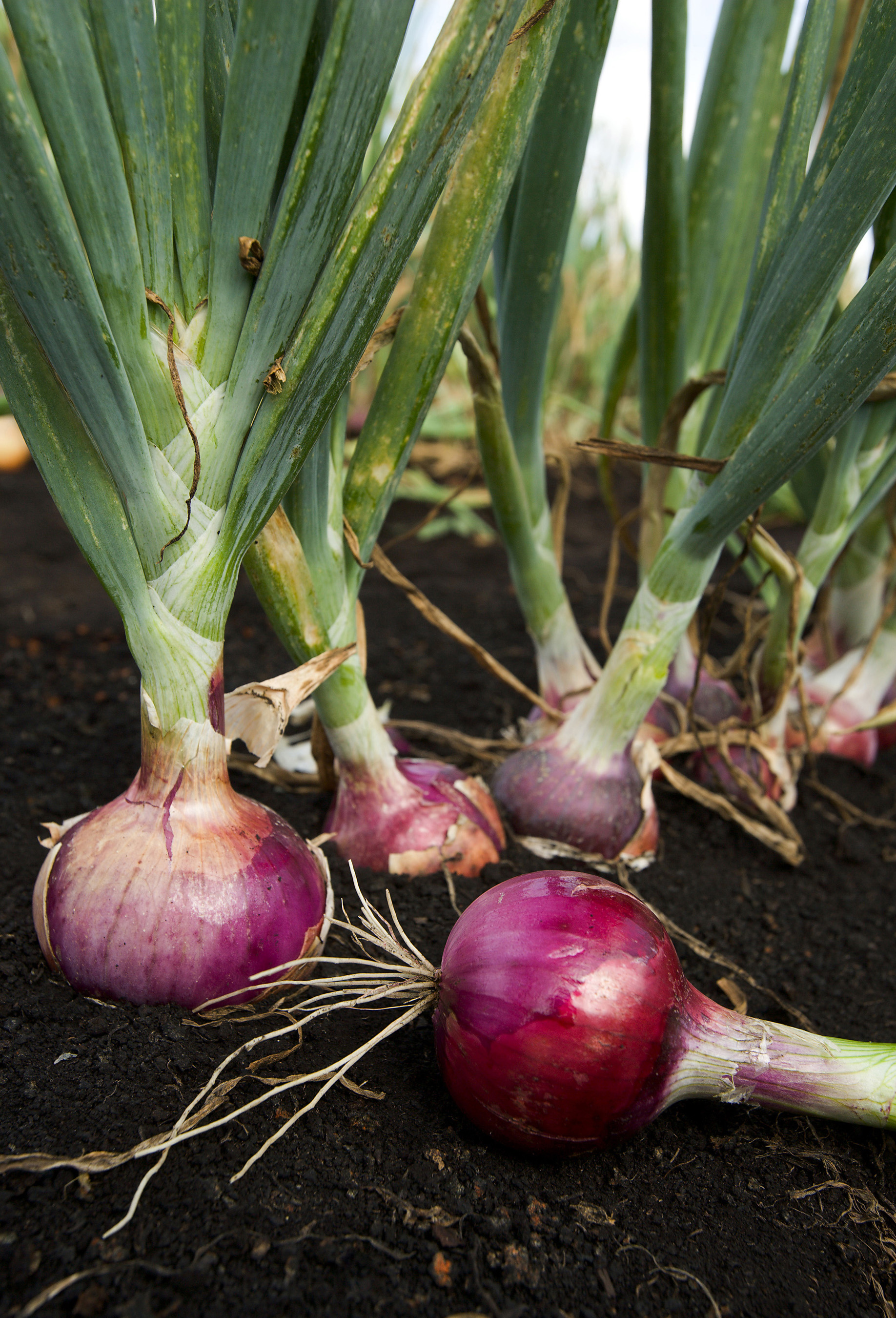|
Kubdari
Kubdari or Kubed ( ka, კუბდარი, Svan: კუბედ) is a Georgian filled bread dish which is particularly a national dish of the Svans. The bread is leavened and allowed to rise. The filling contains chunks of meat, which can be lamb, kid or pork, Georgian spices and onions. Kubdari was inscribed on the Intangible Cultural Heritage of Georgia list in 2015. See also * List of bread dishes This is a list of bread dishes and foods, which use bread as a primary ingredient. Bread is a staple food prepared from a dough of flour and water, usually by baking. Throughout recorded history it has been popular around the world and is one of ... References Cuisine of Georgia (country) Bread dishes {{bread-stub ... [...More Info...] [...Related Items...] OR: [Wikipedia] [Google] [Baidu] |
Georgian Cuisine
Georgian cuisine () consists of cooking traditions, techniques, and practices of Georgia. Georgian cuisine has a distinct character, while bearing some similarities with various national cuisines of the Caucasus and the wider Eastern Europe. Every region of Georgia has its own distinct style of food preparation. Eating and drinking are important parts of Georgian culture. Georgia was one of the countries on the Silk Road, which resulted in travelers influencing Georgian cuisine. The Georgian love of family and friends is one of the reasons why the (tablecloth) is so important in Georgia. ''Supra'' is offered spontaneously to relatives, friends or guests. Every has its ( toastmaster), who gives the toast and entertains the guests. Regional traditional cuisines Abkhazia Abkhazian cuisine uses many spices and walnuts. * The most popular dishes from Abkhazia are Abysta (Абыста - porridge made of corn, similar to the Mingrelian Ghomi), Apyrpylchapa (Апырпыл� ... [...More Info...] [...Related Items...] OR: [Wikipedia] [Google] [Baidu] |
List Of Bread Dishes
This is a list of bread dishes and foods, which use bread as a primary ingredient. Bread is a staple food prepared from a dough of flour and water, usually by baking. Throughout recorded history it has been popular around the world and is one of the oldest artificial foods, having been of importance since the dawn of agriculture. Bread dishes * * * * * * Bread bowl * * * * * * * * * * * * * * * * * * * * * * * * * * * * * * * * * * * * * * * Bread salads * Cappon magro * Dakos * Fattoush * Panzanella Bread soups Bread soup is a simple soup that mainly consists of stale bread in a meat or vegetable broth. * * * * * * * * Jeon Jeon refers to many pancake-like dishes in Korean cuisine. * * * * * * * File:Korean pancake-Bindaetteok-04.jpg, Bindaetteok File:Korean pancake-Jindallae hwajeon-03.jpg, Hwajeon File:Korean pancake-Haemul pajeon-03.jpg, Pajeon Pancakes Paratha Paratha is a flatbread that o ... [...More Info...] [...Related Items...] OR: [Wikipedia] [Google] [Baidu] |
Svaneti
Svaneti or Svanetia (Suania in ancient sources; ka, სვანეთი ) is a historic province in the northwestern part of Georgia. It is inhabited by the Svans, an ethnic subgroup of Georgians. Geography Situated on the southern slopes of the central Caucasus Mountains and surrounded by 3,000–5,000 meter peaks, Svaneti is the highest inhabited area in the Caucasus. Four of the 10 highest peaks of the Caucasus are located in the region. The highest mountain in Georgia, Mount Shkhara at 5,201 meters (17,059 feet), is located in the province. Prominent peaks include Tetnuldi (4,974 m / 16,319 ft), Shota Rustaveli (4,960 m / 16,273 ft), Mount Ushba (4,710 m / 15,453 ft), Ailama (4,525 m / 14,842 ft), as well as Lalveri, Latsga and others. Svaneti has two parts corresponding to two inhabited valleys: * Upper Svaneti (''Zemo Svaneti'') on the upper Inguri River; administratively part of Samegrelo-Zemo Svaneti; main town Mestia * Lower Svaneti (' ... [...More Info...] [...Related Items...] OR: [Wikipedia] [Google] [Baidu] |
Lamb And Mutton
Lamb, hogget, and mutton, generically sheep meat, are the meat of domestic sheep, ''Ovis aries''. A sheep in its first year is a lamb and its meat is also lamb. The meat from sheep in their second year is hogget. Older sheep meat is mutton. Generally, "hogget" and "sheep meat" are not used by consumers outside Norway, New Zealand, South Africa, Scotland and Australia. Hogget has become more common in England, particularly in the North (Lancashire and Yorkshire) often in association with rare breed and organic farming. In South Asian and Caribbean cuisine, "mutton" often means goat meat.''Oxford English Dictionary'', 3rd edition, June 2003Italian_language.html" ;"title="Spanish language">Spanish, Italian language">Italian and Arabic, make similar or even more detailed distinctions among sheep meats by age and sometimes by sex and diet—for example, ''lechazo'' in Spanish refers to meat from milk-fed (unweaned) lambs. Classifications and nomenclature The definitions for la ... [...More Info...] [...Related Items...] OR: [Wikipedia] [Google] [Baidu] |
Goat Meat
Goat meat or goat's meat is the meat of the domestic goat ''(Capra aegagrus hircus)''. The common name for goat meat is simply "goat", while that from young goats can be called ''capretto'' (It.), ''cabrito'' (Sp. and Por.) or ''kid''. In South Asian and Caribbean cuisine, mutton commonly means goat meat.''Oxford English Dictionary'', 3rd edition, June 2003''s.v.'', definition 1b In South Asia, where mutton curry is popular, "mutton" is used for both goat and lamb meat. The culinary name "chevon", a blend word">blend of 'goat' and 'sheep', was coined in 1922 and selected by a trade association; it was adopted by the United States Department of Agriculture in 1928., however the term never caught on and is not encountered in the USA. "Cabrito", a word of Spanish and Portuguese origin, refers specifically to the meat of a young, milk-fed goat. It is also known as chivo. In cuisine Goat is both a staple and a delicacy in world's cuisines. The cuisines best known for their u ... [...More Info...] [...Related Items...] OR: [Wikipedia] [Google] [Baidu] |
Pork
Pork is the culinary name for the meat of the domestic pig (''Sus domesticus''). It is the most commonly consumed meat worldwide, with evidence of pig husbandry dating back to 5000 BCE. Pork is eaten both freshly cooked and preserved; curing extends the shelf life of pork products. Ham, gammon, bacon, and sausage are examples of preserved pork. Charcuterie is the branch of cooking devoted to prepared meat products, many from pork. Pork is the most popular meat in the Western world, particularly in Central Europe. It is also very popular in East and Southeast Asia (Mainland Southeast Asia, Philippines, Singapore, and East Timor). The meat is highly prized in Asian cuisines, especially in Mainland China, for its fat content and texture. Some religions and cultures prohibit pork consumption, notably Islam and Judaism. History Pigs were domesticated in Mesopotamia around 13,000 BC. Charcuterie is the branch of cooking devoted to prepared meat products su ... [...More Info...] [...Related Items...] OR: [Wikipedia] [Google] [Baidu] |
Spice
A spice is a seed, fruit, root, bark, or other plant substance primarily used for flavoring or coloring food. Spices are distinguished from herbs, which are the leaves, flowers, or stems of plants used for flavoring or as a garnish. Spices are sometimes used in medicine, religious rituals, cosmetics or perfume production. For example, vanilla is commonly used as an ingredient in fragrance manufacturing. A spice may be available in several forms: fresh, whole dried, or pre-ground dried. Generally, spices are dried. Spices may be ground into a powder for convenience. A whole dried spice has the longest shelf life, so it can be purchased and stored in larger amounts, making it cheaper on a per-serving basis. A fresh spice, such as ginger, is usually more flavorful than its dried form, but fresh spices are more expensive and have a much shorter shelf life. Some spices are not always available either fresh or whole, for example turmeric, and often must be purchased in ground f ... [...More Info...] [...Related Items...] OR: [Wikipedia] [Google] [Baidu] |
Onion
An onion (''Allium cepa'' L., from Latin ''cepa'' meaning "onion"), also known as the bulb onion or common onion, is a vegetable that is the most widely cultivated species of the genus ''Allium''. The shallot is a botanical variety of the onion which was classified as a separate species until 2010. Its close relatives include garlic, scallion, leek, and chive. This genus also contains several other species variously referred to as onions and cultivated for food, such as the Japanese bunching onion (''Allium fistulosum''), the tree onion (''A.'' × ''proliferum''), and the Canada onion (''Allium canadense''). The name '' wild onion'' is applied to a number of ''Allium'' species, but ''A. cepa'' is exclusively known from cultivation. Its ancestral wild original form is not known, although escapes from cultivation have become established in some regions. The onion is most frequently a biennial or a perennial plant, but is usually treated as an annual and harvested i ... [...More Info...] [...Related Items...] OR: [Wikipedia] [Google] [Baidu] |
Svan Language
Svan ( ''lušnu nin''; ka, სვანური ენა, tr) is a Kartvelian language spoken in the western Georgian region of Svaneti primarily by the Svan people. With its speakers variously estimated to be between 30,000 and 80,000, the UNESCO designates Svan as a "definitely endangered language". It is of particular interest because it has retained many archaic features that have been lost in the other Kartvelian languages. Features Familial features Like all languages of the Caucasian language family, Svan has a large number of consonants. It has agreement between subject and object, and a split-ergative morphosyntactic system. Verbs are marked for aspect, evidentiality and "version". Distinguishing features Svan retains the voiceless aspirated uvular plosive, , and the glides /w/ and /j/. It has a larger vowel inventory than Georgian; the Upper Bal dialect of Svan has the most vowels of any South-Caucasian language, having both long and short versions of plus ... [...More Info...] [...Related Items...] OR: [Wikipedia] [Google] [Baidu] |
Bread
Bread is a staple food prepared from a dough of flour (usually wheat) and water, usually by baking. Throughout recorded history and around the world, it has been an important part of many cultures' diet. It is one of the oldest human-made foods, having been of significance since the dawn of agriculture, and plays an essential role in both religious rituals and secular culture. Bread may be leavened by naturally occurring microbes (e.g. sourdough), chemicals (e.g. baking soda), industrially produced yeast, or high-pressure aeration, which creates the gas bubbles that fluff up bread. In many countries, commercial bread often contains additives to improve flavor, texture, color, shelf life, nutrition, and ease of production. History Bread is one of the oldest prepared foods. Evidence from 30,000 years ago in Europe and Australia revealed starch residue on rocks used for pounding plants. It is possible that during this time, starch extract from the roots of plants, such a ... [...More Info...] [...Related Items...] OR: [Wikipedia] [Google] [Baidu] |
Svans
, native_name = , native_name_lang = , image = File:Kartvelian languages.svg , caption = Distribution of the Svan language in relation to other Kartvelian (South Caucasian) languages. , population = –80,000 , popplace = , region1 = , pop1 = 14,000–30,000 , region2 = , pop2 = 45 (2010) , languages = Svan, Georgian , religions = Predominantly † Eastern Orthodox Christianity( Georgian Orthodox Church) , related_groups = , related-c = Georgians, the Laz and Mingrelians The Svans ( ka, სვანი, ) are an ethnic subgroup of the Georgians (Kartvelians) Stephen F. JonesSvans ''World Culture Encyclopedia''. Retrieved on March 13, 2011: «''The Svans are one of the dozen or so traditionally recognized ethnic subgroups within the Georgian (Kartvelian) nation.''» [...More Info...] [...Related Items...] OR: [Wikipedia] [Google] [Baidu] |



.jpg)



